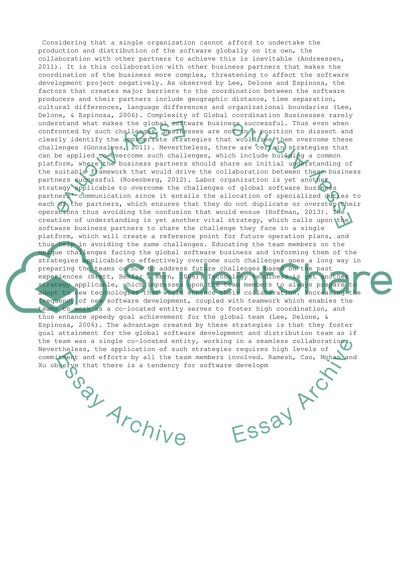Cite this document
(“Communication and Culture Issues over disrupted Software management Assignment”, n.d.)
Retrieved from https://studentshare.org/management/1469306-communication-and-culture-issues-over-disrupted
Retrieved from https://studentshare.org/management/1469306-communication-and-culture-issues-over-disrupted
(Communication and Culture Issues over Disrupted Software Management Assignment)
https://studentshare.org/management/1469306-communication-and-culture-issues-over-disrupted.
https://studentshare.org/management/1469306-communication-and-culture-issues-over-disrupted.
“Communication and Culture Issues over Disrupted Software Management Assignment”, n.d. https://studentshare.org/management/1469306-communication-and-culture-issues-over-disrupted.


